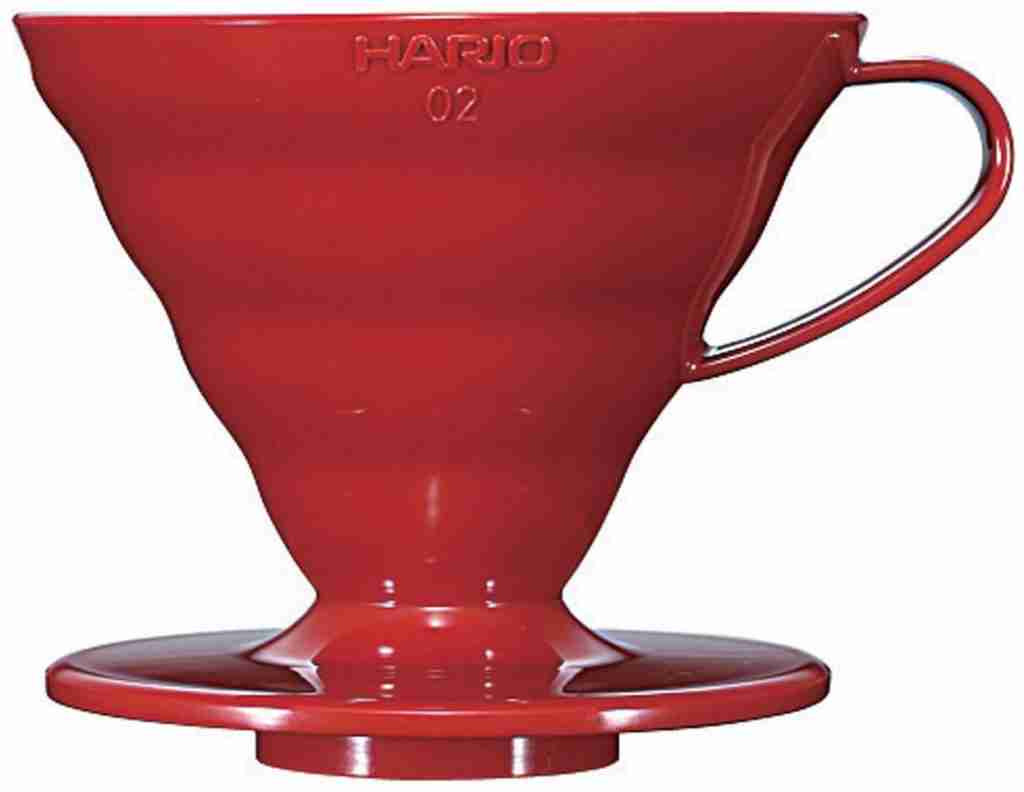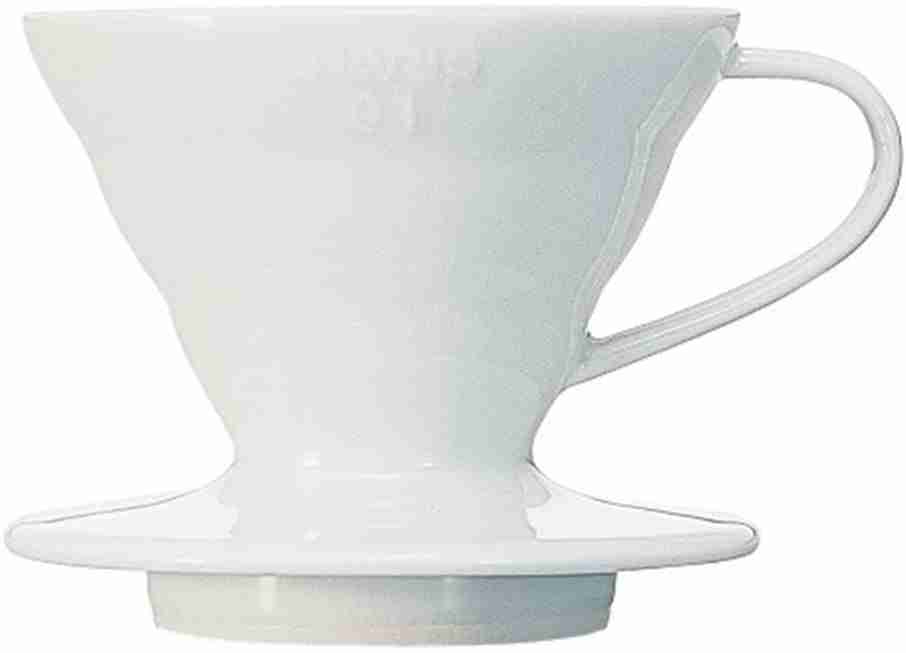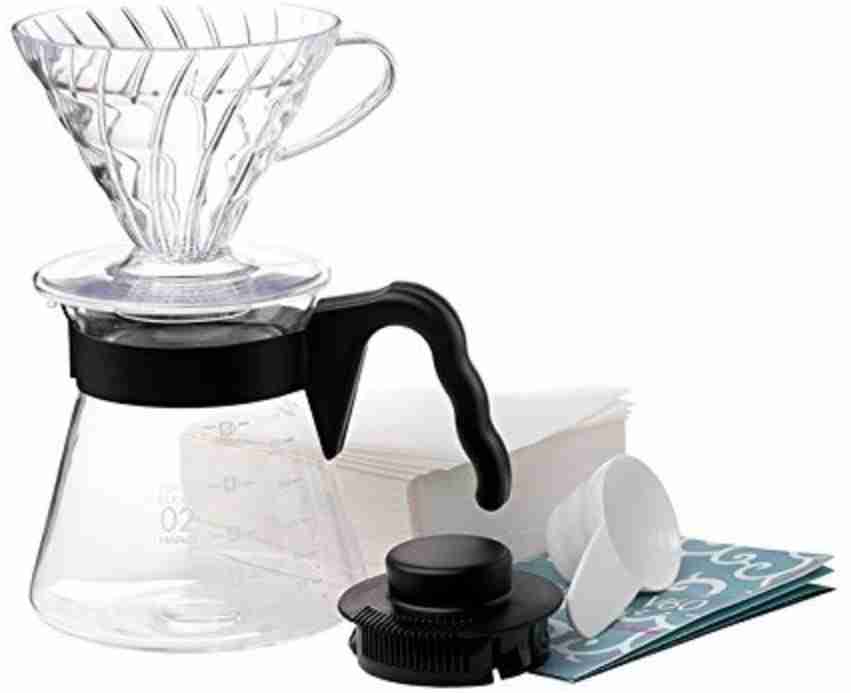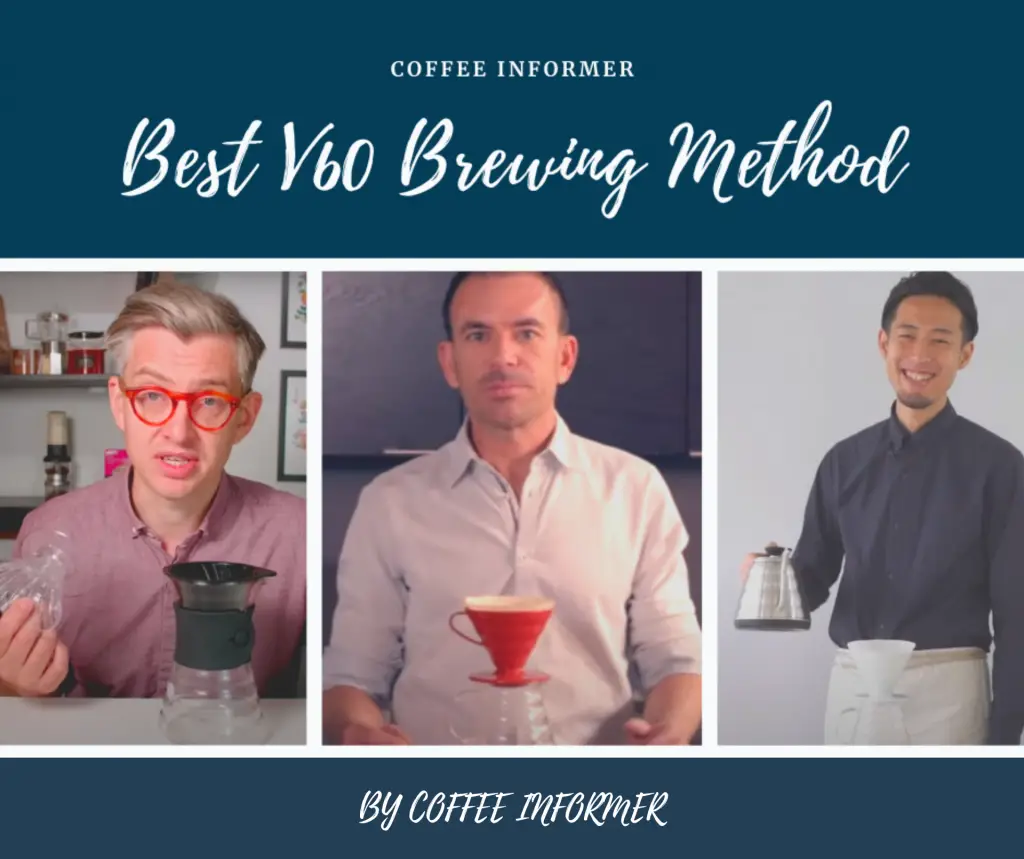
In this blog article, we will be going over the best V60 brewing methods. Three popular V60 techniques are exchanged online. There is the Tetsu Kasuya 4-6 method. The Scott Rao “Rao Spin” method. And then there is the James Hoffman “Ultimate” method.
We will go over these three champion-caliber methods and choose a winner for the best V60 brewing method. And for our curious readers out there, feel free to attempt these methods at home.
But before we go over the superstar techniques it is important to make sure you have the proper tools, items, and paraphernalia described in the techniques to perform each one correctly. Or as close as you can get! You may not need every single item, but you will certainly need a V60 coffee dripper. Now let’s learn a little bit more about what a V60 coffee filter is before we get ahead of ourselves!
Required Equipment
Before we go over the techniques it is important to have these tools listed to follow the techniques correctly. You will not need the exact same equipment, as long as it does the job.
What is a V60?
For some readers who may not be familiar with this deceptively simple-looking device, the V60 coffee dripper is a unique and charismatic coffee filter for pour-over and drip coffee.
What makes the V60 so novel is that its interior design, a series of ridges arrayed in a spiral, allows for more effective water flow. The innovative interior design also allows for better and fuller coffee extraction off the sides of the filter. There are four different types of V60 filters, plastic, glass, ceramic, and steel.
Hario Plastic V60 Coffee Dripper
The plastic V60 pour-over filter is one of the favored filters by our champions. It offers tons of insulation and stability to your coffee’s temperature. The plastic body is also a safer choice for the accident-prone.
Hario Ceramic V60 Coffee Dripper
The ceramic V60 is lovely in appearance and can add a bit of character to your kitchen or cafe. The ceramic can also lend itself to some easier cleaning.
Hario Glass V60 Pour Over Starter Set with Dripper, Glass Server, Scoop and Filters
This V60 pour-over device is actually comprised of two items, the glass brewer and the plastic base which can be removed. This item allows one to peer in at their coffee being brewed, which can be both fun and serve the practical purpose of making sure your grounds are level and even.
Hario Metal V60 Coffee Dripper
Another V60 with a removable base, the stoic steel V60 brings durability and stunning design to the table. This variety of V60 is made from stainless steel, so cleaning will not be a problem. Though be careful if you plan on spinning your V60, as the metal body may get a bit too steamy.
Once you have chosen the ideal material for your V60 you are almost ready to start brewing. While the V60 is a convenient item to be used, there does exist the problem of choosing the best V60 technique for you. For many new owners of a V60, this can be a daunting headache of a task. But luckily we are here to take a look at 3 great methods from 3 great coffee champions.
So feel free to adopt a method from one of these champions or even experiment and try out all three. And certainly, don’t forget to try developing your own way of making coffee with your V60!
Recommendations and Tips for Brewing
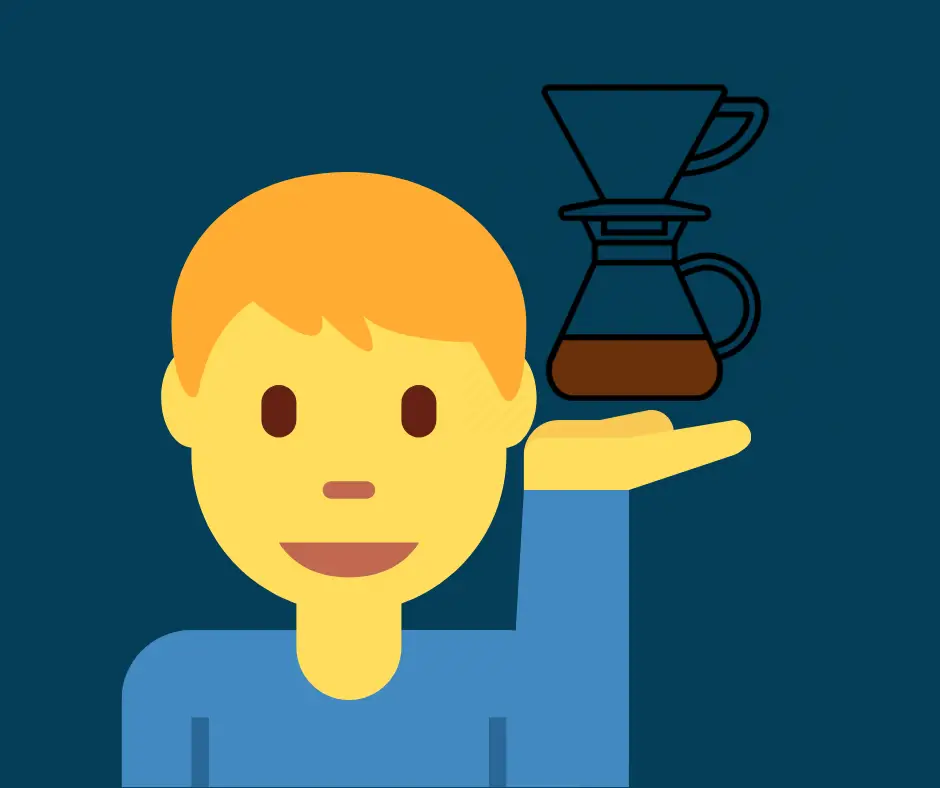
Before we get to decide which of these masterful techniques we find to truly be the best, let’s take a look at a few commonalities for each one.
All three had a few keen points to adapt to any V60 coffee technique and are certain methods we highly recommend when brewing any type of coffee.
- Use whole beans. Pre-ground beans are convenient, but especially with pour-over and drip coffee, the flavor, aroma and natural oils whole beans possess are better left preserved. All three techniques suggest weighing out beans with a scale and then grinding them yourself on the spot. This is an ideal strategy in any coffee situation.
- Use purified or filtered water. This one is a no-brainer!
- Opting for a plastic V60 filter. The reasoning behind this one is because the plastic variety of V60 filters are light, durable, easy to clean, conduct and maintain heat well yet also don’t get too hot to touch. Having a filter that you can grab while brewing is important for two out of the three techniques we have featured.
- Most of our champions prefer the Hario V60 filter.
- Using a gooseneck kettle is ideal for pour-over, and our champions all opt for one.
- When using your paper filters, dampen them with hot water first to clear any papery tastes and heat up your V60.
- Have fun and enjoy your coffee!
Now let us see what our champions have in store for us. We will choose a winner out of the three at the end of our article.
Tetsu Kasuya: The 4-6 Method

In 2016, at the World of Coffee brewing event, Tetsu Kasuya won the Brewers Cup with his special V60 technique. Dubbed the “4-6” this technique took home the prize that year, let’s see what Tetsu had up his sleeve to pull off such a sweet win.
The trick of this method is in the first two pours. The first initial two pours are to control the levels of sweetness and acidity your coffee will have. The more water you use, the more acidic the coffee will be, but with less water, you will get a sweeter coffee as a result. Your remaining water is broken up into equal amounts to fortify the final coffee result. Here’s how you can try for yourself.
What You Need:
To brew just like Tetsu you will need;
- a V60 coffee filter.
- You may also want to get a set of scales. This will help you pour and keep your volumes and drinks within reasonable amounts
- As for beans? Whatever your heart desires. But for those seeking a bit more guidance on that, African coffees like Ethiopian beans or beans from Kenya produce great results.
- Tetsu himself used Gesha, but if this is outside your price range, opt for another Ethiopian bean so you can get a full experience of the many fruity and floral aromas and hints that Ethiopians have to offer.
- Make sure to line your V60 with a paper filter, dampen the paper filter for the best results.
- Try to use coarse grinds.
- The ideal ratio is 20 grams of coffee to 300 grams of water.
How It’s Done:
- First, rinse your filter and add your freshly ground beans. Boil your water.
- The magic is all in the pour. Your pours will be split into 2 units of 40% and 60% (these percentages refer to your water). You will pour your water a total of 5 times. Pours only begin when all the water has drained.
- Pours 1 and 2 will make up 40%. More water on the first pour equates to more acidic coffee. Less water on the first pour will result in sweeter coffee.
- The final 60% of the water will be 3 pours. All of these last pours will be of equal volume.
Scott Rao: The “Rao Spin”
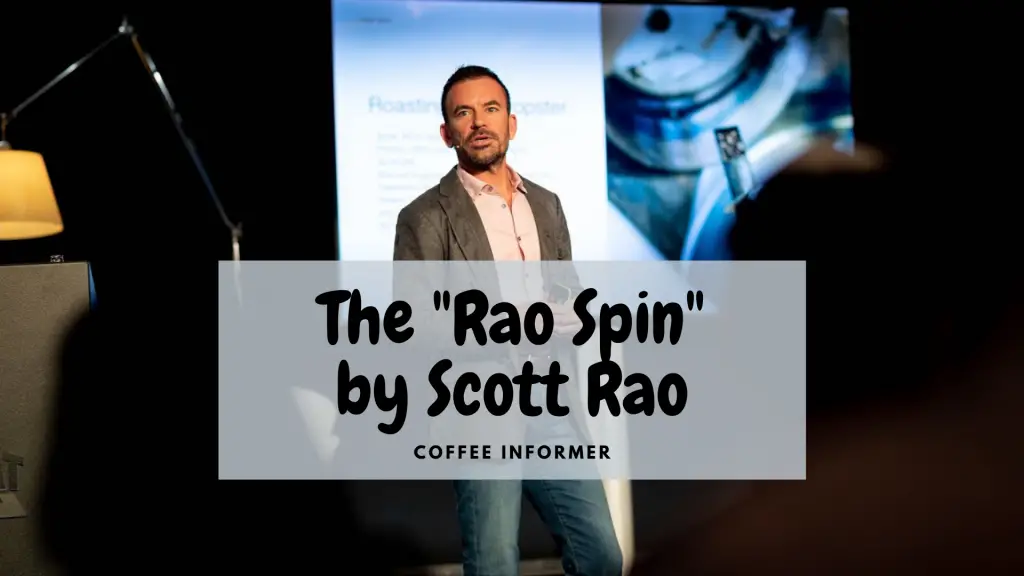
Here we have Scott Rao, a champion barista and master of the “Rao Spin” as he calls his novel method of preparing coffee. Rao’s method, which involves stirring the coffee and spinning the filter was developed with a few things in mind.
By stirring the coffee one can ameliorate some of the issues that can come about when preparing pour-over or drip brews. Issues like channeling and uneven extraction of grinds, but it is also a technique that yields a delectable and full result in the end.
What You Need:
- V60 plastic filter
- Paper filters
- Scott demonstrates in a video with Columbian beans, coarsely ground.
- Scott also demonstrates his technique using 22 grams of coffee and about 300-400 grams of water.
How It’s Done:
- Rinse your paper filter, add your grounds and boil your water.
- Add your first pour, and use a spoon to stir your grounds making sure they are all wet.
- Wait about 45 seconds to add your next pour and gently stir again. This stir is to clear grounds off the wall of the brewer.
- Grab your brewer and slowly and carefully spin it. This is to get the grounds as even as possible to get a complete extraction.
James Hoffmann: The “Ultimate V60 Technique”
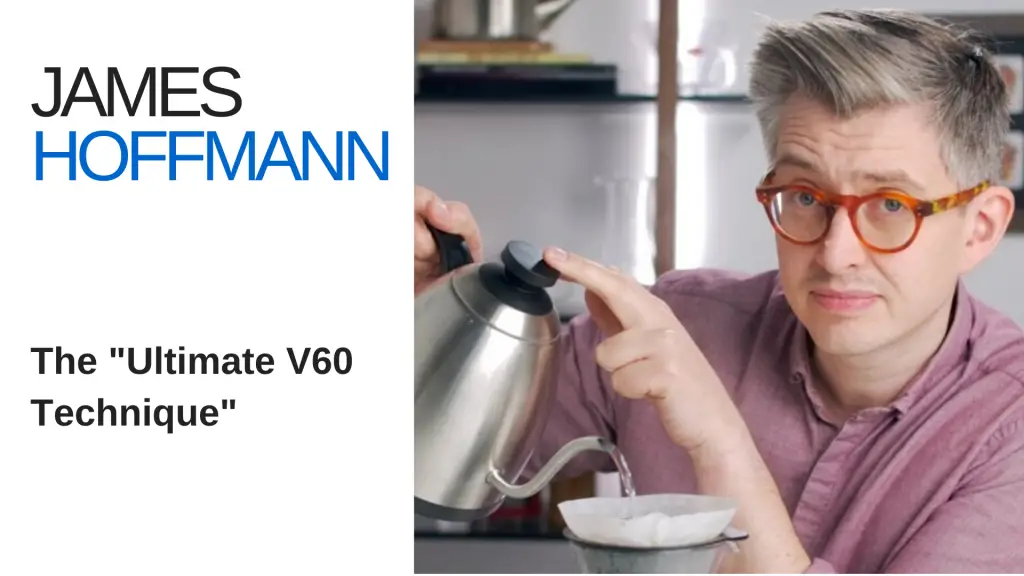
With a very confident name, James Hoffmann has developed a technique that he hopes to be the final say in the long and multitudinous debate on which technique is best for a V60 pour. Let’s see what James has in store for us, and decide if his technique really is the ultimate one!
James has a very thorough analysis of coffee. he has everything quite literally down to a science hence why his technique is considered one of the best out there right now.
What You Need:
- V60 filter
- Paper filters
- James uses a Hario drip decanter, this is a great item but optional
- A digital scale
- 30 grams of coffee to 500 grams of water
- Ethiopian or Columbian beans make a great coffee with this technique.
How It’s Done:
- Weigh and grind you beans, rinse your filter and boil your water.
- On your first initial pour, shake and move your V60 filter around in a circular motion with relatively quick movements. This will allow the grounds to be swirled and not become uneven.
- After waiting 45 seconds add the rest of your water. Any pouring technique is okay here, James demonstrates a pulsing technique himself in one of his video demonstrations.
- With your final pouring take a spoon and stir your coffee clockwise and then counterclockwise. This also keeps any grinds clinging to the sides to rest back evenly with the rest of the grounds for fuller extraction.
Which One is Best?

After weighing the many pros and relatively few cons for each technique and comparing and contrasting the three with one another, we have found a winner! We have found that James Hoffmann’s Ultimate technique has earned its name. We based this criterion on how good and even of a brew one can get while also being a method of brewing one can try at home. In terms of quality, we felt that the Ultimate technique was among the best.
But honorable mentions to our two runners up. Just because we felt that the Ultimate method had the most comprehensive results based on ease of technique, quality of final result and novelty in its style, the other two methods had some impressive virtues as well.
The 4-6 method gets honorable mentions for being one of the more user-friendly methods. Unlike the other two, this method required less extra equipment and focused on the timing of pours. Also, the fact one could feasibly control the final taste between either sweet or more acidic coffee made this technique very intriguing and a great method to try out, especially for those a bit wearier of touching their coffee filter as its brewing.
Scott Rao’s, “Rao Spin” gets some special notes, too. This method would be interesting when attempted by more experienced users interested in a bit of a challenge. The mix of stirring, mixing and then spinning the actual filter as it brews are fun and nuanced ways to brew coffee. This method adds in a bit of a song and dance to an otherwise quite standard method of coffee preparation. And because of that, we implore experienced baristas to give this one a “spin”!
The V60 Experience
Now that we have explored three high-quality methods of coffee preparation using the illustrious V60, now’s the time to try it on your own! Try some of the methods above, or adapt and modify them in your own ways. Part of the fun of using the amazing V60 device is to brew up some coffee exactly for you. So get out there and brew your heart out!
Sources:
- Hui, Edmond. “Official Resource for Coffee Addicts.” Coffee Informer, coffeeinformer.com/.
- Jack, Andrew. “Ultimate V60 Technique – James Hoffmann.” FoodTribe, FoodTribe, 12 Sept. 2019, foodtribe.com/p/ultimate-v60-technique-james-hoffmann-StWpphkGSX2uwDbjxOb7Sg?iid=DXoEspTOQseB4NEY_qdBXA.
- Jeremy. “4-6 Method by Brewers Cup Champ Tetsu Kasuya: Long and Short Coffee.” Long and Short Coffee Roastery, 2 Apr. 2020, longandshort.london/4-6-method-brewers-cup-champ-tetsu-kasuya/.
- N., Cynthia, et al. “Hario V60 Coffee Dripper Size 02.” Prima Coffee, 10 June 2019, prima-coffee.com/equipment/hario/v60-02.
- Scott Rao. “V60 Video.” Scott Rao, Scott Rao, 16 Sept. 2017, www.scottrao.com/blog/2017/9/14/v60-video.
- “V60 Brew Method Review.” Prima Coffee, prima-coffee.com/learn/article/brewing-guides/v60-brew-method-review/28774.


